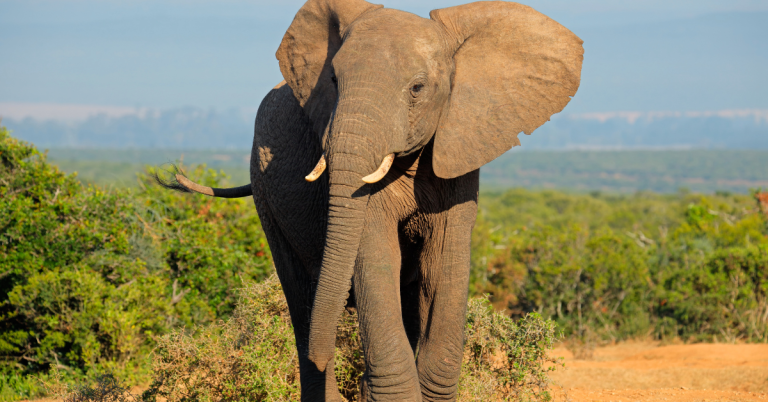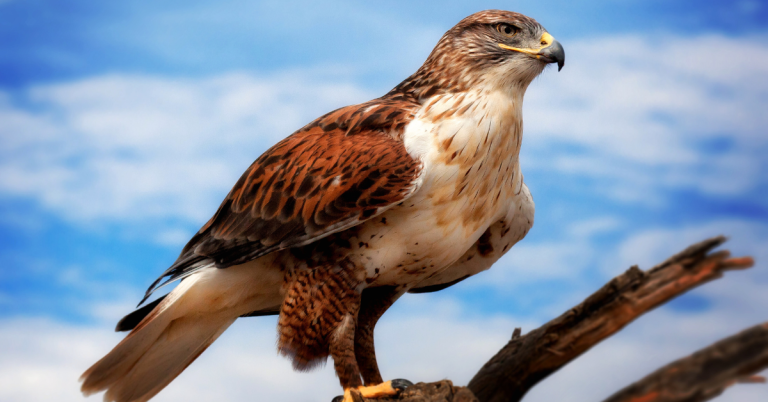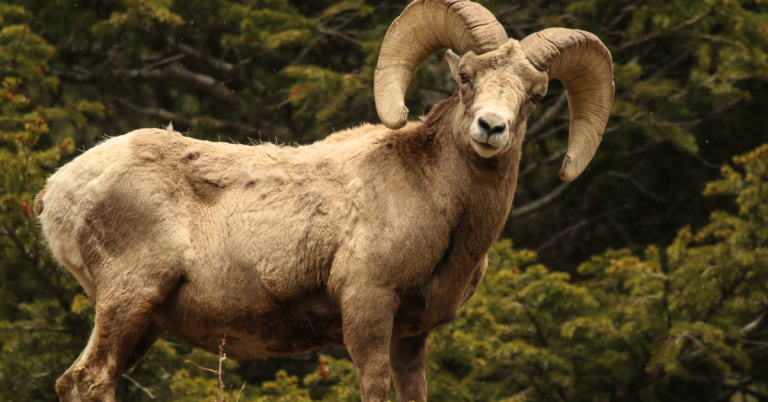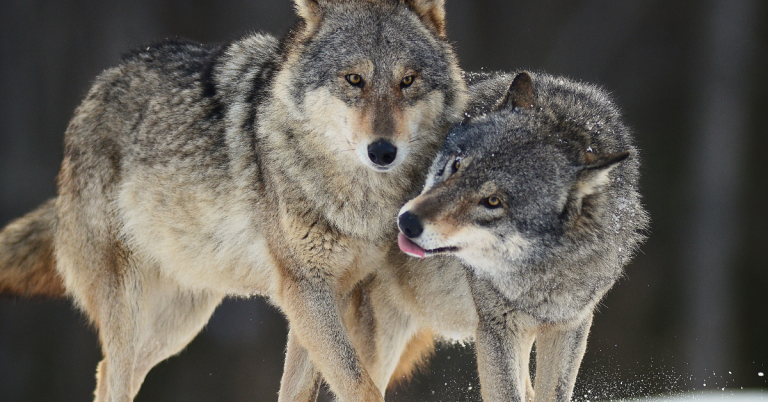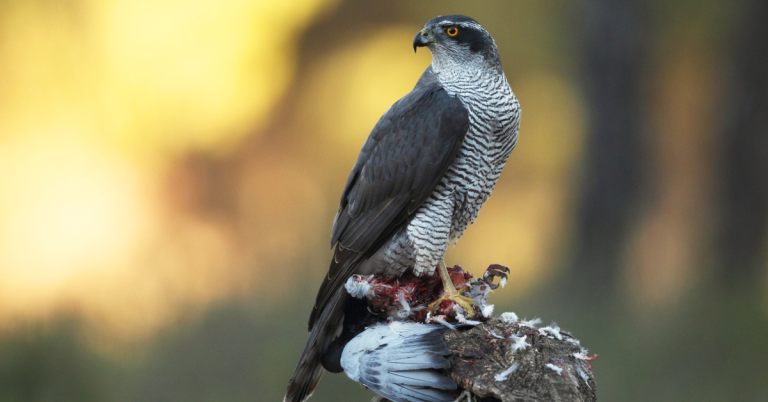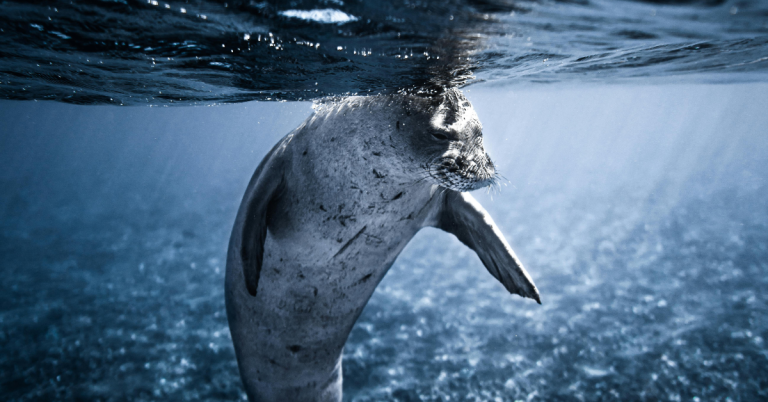Columbian black-tailed deer hunting guide
Hunting Columbian black-tailed deer is a rewarding pursuit that demands skill, patience, and a deep understanding of these elusive animals. This guide covers all aspects of hunting Columbian black-tailed deer, from understanding their behavior to choosing the right gear and ensuring ethical practices. Whether you’re an experienced hunter or a novice, this comprehensive hunting guide will provide you with the knowledge you need to successfully hunt Columbian black-tailed deer.
Understanding Behavior
Columbian black-tailed deer are a subspecies of mule deer native to the Pacific Northwest. Understanding their behavior is crucial for successful hunting. These deer are most active during dawn and dusk, often feeding in the early morning and late afternoon. They are highly adaptable and can be found in a variety of habitats, including coastal forests, oak woodlands, and mountainous regions. Columbian black-tailed deer are known for their wariness and keen senses, which can make them challenging to hunt.
Choosing the Right Hunting Location
Selecting the right location is key to a successful hunt. Columbian black-tailed deer inhabit diverse terrains, from dense forests to open meadows. Researching and scouting potential hunting areas can significantly increase your chances of encountering deer. Look for signs such as tracks, rubs, and bedding areas. Regions with abundant food sources, such as acorns, berries, and grasses, are also likely to attract deer.
Effective Hunting Tactics
Spot and Stalk
Spot and stalk is a popular method for hunting Columbian black-tailed deer. This involves glassing from a high vantage point to locate deer, then carefully stalking within range. Use natural cover and move slowly to avoid detection.
Still Hunting
Still hunting requires moving slowly and quietly through the deer’s habitat, stopping frequently to observe and listen. This method is effective in dense forests where deer may be bedded down during the day.
Treestand or Ground Blind
Using a treestand or ground blind can provide a strategic advantage, allowing you to remain concealed while waiting for deer to come within range. Place your stand or blind near known feeding or travel routes.
Ethical and Responsible Hunting
Ethical hunting practices are essential for the sustainability of deer populations and the preservation of the ecosystem. Always follow local hunting regulations and obtain the necessary permits. Ensure a quick and humane kill by practicing your shooting skills and choosing the appropriate firearm or bow. Respect the animal and the environment by minimizing your impact on the natural habitat.
Field Dressing and Meat Processing
Once you have successfully harvested a deer, field dressing is the next step. This process involves removing the internal organs to prevent spoilage. Use a sharp knife and follow standard field dressing procedures. Properly handling and processing the meat is important for safety and quality. If you are unfamiliar with the process, consider seeking assistance from an experienced hunter or professional.
Hunting Gear Used for Hunting Columbian Black-Tailed Deer
Firearms and Bows
Choose a high-caliber rifle or a powerful bow that provides enough power for a quick and humane kill. Popular choices include .30-06 Springfield and .308 Winchester for rifles, and compound or crossbows for archery hunting.
Optics
A good quality scope with variable magnification will help you make accurate shots at various distances. Binoculars are also essential for scouting and spotting.
Clothing
Wear camouflage clothing that matches the terrain to blend in and avoid detection. Layer your clothing to stay comfortable in different weather conditions.
Accessories
Other useful gear includes rangefinders, GPS devices, and scent control products. Ensure you have a reliable knife for field dressing.
Species and Subspecies
The Columbian black-tailed deer is a subspecies of the mule deer (Odocoileus hemionus). It is primarily found in the Pacific Northwest, ranging from northern California to southern British Columbia. Understanding the specific subspecies in your hunting area can provide insights into their behavior and habitat preferences.
Hunting Legality by Area
Hunting regulations for Columbian black-tailed deer vary by region. It is essential to research and understand the laws in your hunting area. Some regions have designated hunting seasons, bag limits, and specific permit requirements. Adhering to these regulations ensures the sustainability of deer populations and helps maintain a balance in the ecosystem.
Legal and Cross-Border Considerations
If you plan to hunt Columbian black-tailed deer across state or national borders, be aware of the different legal requirements. Ensure you have the necessary documentation and permits for each area. Transporting firearms and games across borders may also have specific regulations that need to be followed.
Safety Tips
- Always inform someone of your hunting plans and expected return time.
- Carry a first aid kit and know basic first aid procedures.
- Be aware of your surroundings and potential hazards such as cliffs, rivers, and extreme weather conditions.
- Wear blaze orange or other high-visibility clothing to avoid accidental shootings by other hunters.
FAQs
Where is the best place to hunt?
The best places to hunt Columbian black-tailed deer are areas with high food availability and known deer activity. Coastal forests, oak woodlands, and regions with abundant vegetation are good starting points.
What is the best time to hunt?
Columbian black-tailed deer are most active during dawn and dusk, making these times ideal for hunting. The rut, typically occurring in late fall, can also be an advantageous time to hunt as deer are more active and less cautious.
What are the best hunting methods?
Effective hunting methods include spot and stalk, still hunting, and using treestands or ground blinds. Each method requires skill and practice to master.
What is the reason for hunting?
Hunters may pursue Columbian black-tailed deer for various reasons, including population management, conservation, and the challenge of the hunt. Ethical hunters aim to balance the ecosystem and contribute to wildlife management efforts
FAQs
Where is the best place to hunt?
The best places to hunt Columbian black-tailed deer are areas with high food availability and known deer activity. Coastal forests, oak woodlands, and regions with abundant vegetation are good starting points.
What is the best time to hunt?
Columbian black-tailed deer are most active during dawn and dusk, making these times ideal for hunting. The rut, typically occurring in late fall, can also be an advantageous time to hunt as deer are more active and less cautious.
What are the best hunting methods?
Effective hunting methods include spot and stalk, still hunting, and using treestands or ground blinds. Each method requires skill and practice to master.
What is the reason for hunting?
Hunters may pursue Columbian black-tailed deer for various reasons, including population management, conservation, and the challenge of the hunt. Ethical hunters aim to balance the ecosystem and contribute to wildlife management efforts

